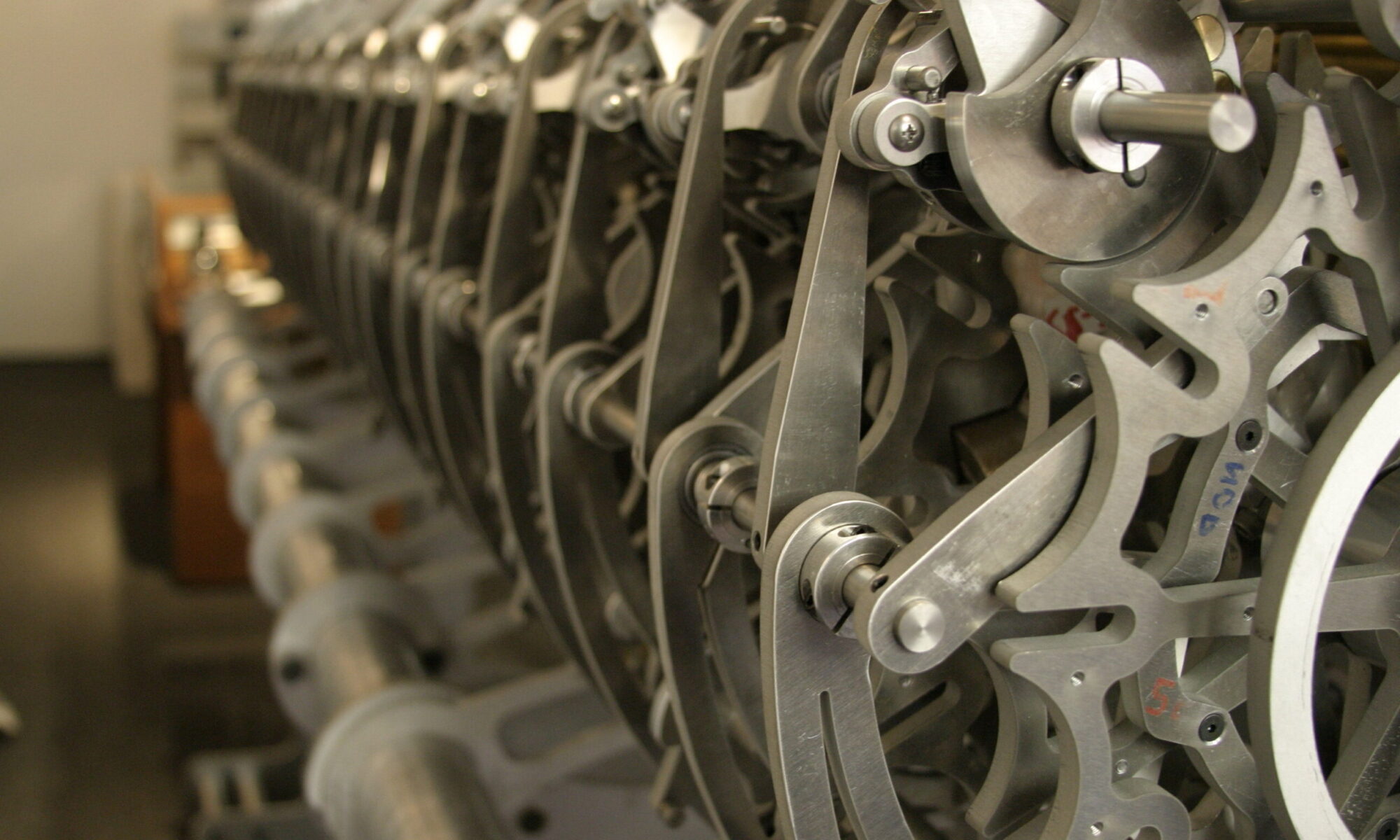It’s January, and we’re building our baseline for our four tonne year. That means we’re looking at behaviors, what resources we’re using or planning to use, how we’ll modify our lifestyle, or mitigate our impact. It’s great to start with numbers, and for most people looking at their ecological footprint that means using carbon calculators. There are a lot of carbon calculators.
You can spend a lot of time looking at carbon calculators, and if you do, they start to look a little suspicious.
We moved to France six months ago, so we’re working with about that much data in our new house. (Plus records of what we’ve eaten and bought for much longer, because we’re weird that way) We don’t buy much normally, but we had to get new things for the new house: washer, dishwasher, a bed to replace what was our old landlord’s futon, things like that.. but we’re booking it against our budget where the calculators track consumer purchases. My hope and expectation is that we’re done with move-in big purchases, but you never know. For instance, our water heater is currently broken. But we’re also renters, so we not only won’t be paying for the repair or replacement, we have no say in what kind we have. Should I book that against us or my landlord? Split it? I have no idea. This kind of process is always a bit messy, and we need to be ok with that.
The calculators, though — oh my. I knew this was an inexact science, but not how inexact. The wide variety of calculators from reputable sources are hilariously inconsistent.
Here’s a few of the most reliable ones, and how they scored our emissions. Of course, we don’t see the assumptions these models make, and that’s valid. Though as I went through these (and more I decided wouldn’t make the cut for posting) I had the sense that the ones who finished with a call to pay for carbon offsets tended to score higher than the ones which didn’t.
Marketing and humans.
EPA
house alone, adapted for France: 3,330 lbs or ~ 1500 kilos, 1.5 tonnes of CO2 (I will use metric tons here unless otherwise noted)
https://www3.epa.gov/carbon-footprint-calculator
USC
House and lifestyle 1.6 tonnes of CO2
https://sustainability.usc.edu/take-action/carbon-calculator/
also https://www.carbonfootprint.com/calculator.aspx and many others, as for as I can tell. This calculator gets loaded in as widget on the lot of sites, but my impression is that it’s one of the best.
WWF UK
House and lifestyle 7.2 tonnes (UK avg 9.5/world 6.3)
https://footprint.wwf.org.uk
United Nations
House and lifestyle, 7.22 tonnes
https://offset.climateneutralnow.org
Nature Conservancy
House and lifestyle 10 tons (83% better than average)
https://www.nature.org/en-us/get-involved/how-to-help/carbon-footprint-calculator
For the wide range of numbers, all these calculators had us consistently below comparable houses/lifestyles, and a bit above global average. I don’t know how they decide on tonnages and why that’s so variable, but they seemed to mostly land on the same percentiles.
Perhaps unsurprisingly for someone living in France, the French government’s calculator just blew everything else away. It captured more details and could correctly take into account the energy mix for our region and the cost of our infrastructure. (One of the things I’m hoping to do soon is tour a few of the facilities for recycling/waste disposal and fill in more details, because that’s my idea of a good time.)
Nos Gestes Climat (French government calculator)
House, lifestyle, and infrastructure, 3.9 tonnes
https://nosgestesclimat.fr/
Let me talk about how great this calculator is, and why other governments should do this. Here is our breakdown:

This calculator is detailed. It goes through more lifestyle factors than any other one I saw, including our alcohol consumption, tres French. You see that dark blue bit, the largest single part of our carbon emissions? Those carbon emissions comes from being alive in France. That is the environmental cost of our infrastructure, governance, political and economic systems. If our goal is actually two tonnes, then we have almost about failed just by being alive. And there’s some truth to that, though I don’t take it personally and suggest you don’t either. In any sustainable future worth having, infrastructure will cost energy and materials. But maybe not these current energy sources and materials.
Let’s look a little closer at the Nos Gestes Climat breakdown.

Each tile color conveys a category. Orange tiles are food, includes wine and food waste, because France. Housing is teal and electricity, gas heating, and structure. Blue is consumables, electronics clothes etc.. Public transit in red comes next, then France’s infrastructure in dark blue and waaay off in the corner, three tiles devoted to banking. Damn, good job guys — hell of a calculator you built there.
Practically, out of the gate we have no wiggle room if we want to stay under four tonnes. And even this very good and complete calculator has to make assumptions and work without our particular data. It also knows our energy mix based on our address and can factor that in without us having to lift a finger! It’s great. It has to trust us about what we buy and eat and how much we drink and travel, which means we have to track that. We do that, because we’ve been doing that for years, but it’s not an overnight habit and it’s not that easy to acquire. Still, the French seemed pleased with us:

How reliable is any of this data? We don’t have deep insight into any of these calculators, and while we try to track our own movement and spending, we aren’t always going to be perfect at it. We’re always going to be some level of wrong and always going to be working on it. But we are always trying improve, a process we’ll document throughout the year — to a point.
Tracking our Emissions, Waste, Energy Use, and… Privacy
With any experiment in public, there are always questions of reliability and accountability. Are we making it all up for the viral clicks I’m pretty sure will never happen? Are we doing it to impress people, get likes or dates or whatever? Is it all lies, and we really live on a coal-powered megayacht which we deliberately aim at endangered whales?
We don’t, but you’ll have to take my word for it.
Sorry to say, a lot of this is going to have to be based on trust with limited paths to public verification. I have been subject to violent threats and stalking throughout my career, and I have no intention of telling the internet where I live. France! I’m fine with everyone knowing I live in France. I rent a small place, two bedrooms and an office, that is relatively new construction by French standards. We are not in Paris. We’re in a medium-sized city with public transit, which describes all the cities in France but Paris. When I can post documentation that doesn’t reveal personal information that can be used to locate or harm me or my family, I will. But anything I post, like utility bills or grocery receipts, will most likely be altered to protect my family and myself from being doxxed and harassed.
If you don’t like that answer, blame the stalkers and internet assholes. I am too internet old to rehash this conversation. If this project gets enough attention for someone to want to create a chain of verification, that would be amazing. But I will not endanger myself or my family. That said, I will continuously be looking at all the things I can document, and what data I can expose safely. For instance, almost all of our trash is non-recyclable plastic waste, so I think there’s a good chance I can tell you how much plastic we use a year — I just weigh it before I throw it out.
I hope you can get a lot out of our project. I hope that it’s interesting and inspiring and makes you want to do some of the same things, and maybe even document them. I hope we create a community of people exploring how to live well, and good, on this planet. But I draw the line at exposing myself or my family to danger, and so I will be safeguarding our privacy and trying to make sure any data we post remains blinded.
Thanks for coming along on this journey with us.
If you have suggestions, or just want to chime in with your own calculator experiences, please leave a comment!


Looking forward to joining you on your coal powered mega yacht when you next get to New York!
I like the idea… but the pedant in me suspects that the various on-line or offered “carbon calculators” are almost certainly going to be “off” – and because you are taking this seriously, could well be “off” by significant margins.
My instinct is to suggest that there might be ways to do this with a spreadsheet, if you are willing to put in a bit of detective work and hunt around for data. I also wonder if there aren’t maybe collections of “big rules” that might appear to be “little things” but which could make a big difference. My local supermarket [ugh] is offering summer salad vegetables – in January. A check on the labels tells me that they come from Spain, Israel, further afield. So I think that things like “food miles” might be more impactful than some other options we might consider.
I also think it’s a good idea to invest in one of those “power socket energy meters” – the kind of thing you plug in to the wall and then add your appliance to it… and it tells you what sort of consumption your appliance is drawing. I bought one of these when energy prices shot up and I’ve managed to reduce our daily household consumption from 13.32kWh/day average to 9.37kWh/day. Still too much, but a good move in the right direction.
I’m also about to put 4x400w solar panels on the roof of my garage, along with storage batteries and an inverter. Unfortunately, I live in an apartment and I can’t run power from the inverter or batteries to the main fuse board of my apartment. If I could, my consumption of grid power would drop to zero for much of the year. But I’m going to try and put enough storage out there so as I can continue hobby projects with an “off grid” power source.
A friend of mine has set up a “shopping rota” where they live – 4 families take turns to drive to the supermarket for food – and one member of each household goes along. Their round trip is about 8 miles – they live in a rural area – but that means they save 24 fuel-miles a week.
Little things add up fast.